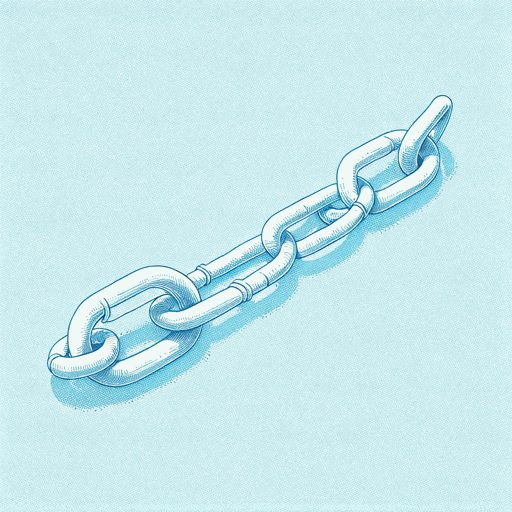75 pages • 2 hours read
Nikole Hannah-JonesThe 1619 Project: A New Origin Story
Nonfiction | Essay Collection | Adult | Published in 2019A modern alternative to SparkNotes and CliffsNotes, SuperSummary offers high-quality Study Guides with detailed chapter summaries and analysis of major themes, characters, and more. For select classroom titles, we also provide Teaching Guides with discussion and quiz questions to prompt student engagement.
Chapters 5-7Chapter Summaries & Analyses
Chapter 5 Summary: “Dispossession” by Tiya Miles
“Trouble the Water” fiction by Barry Jenkins
“Sold South” fiction by Jesmyn Ward
Indigenous peoples held a dynamic position in the early American economy as they were the procurers of fur, which was a profitable trade. Still, the American settlers also perceived them as a threat. In 1785, Cherokee Leaders met with Commissioners at the Hopewell Plantation in South Carolina and signed the first Treaty of Hopewell. Native peoples would get protection from the United States and an agreement to prohibit citizens from settling “westward or southward of the said boundary” (138). The Cherokee would return all US prisoners and property taken during the Revolution. That “property” included enslaved peoples. Indigenous Americans were not oblivious to slavery, even as they came to the Hopewell Plantations. They understood that while they were not white and did not benefit from the privileges of being so, there was a distinction between Indigenous and Black peoples. To secure protection from the United States, Indigenous peoples were forced to act within the American racial hierarchy. Both these populations continue to experience the consequences of the United States’ brutal and violent treatment of them while having a complicated relationship with each other.
After the colonists won independence, they realized they had a problem.
Featured Collections
Black History Month Reads
View Collection
Books on U.S. History
View Collection
Contemporary Books on Social Justice
View Collection
Equality
View Collection
Memory
View Collection
Nation & Nationalism
View Collection
New York Times Best Sellers
View Collection
Politics & Government
View Collection
Safety & Danger
View Collection
The Best of "Best Book" Lists
View Collection

